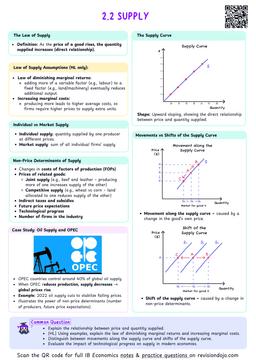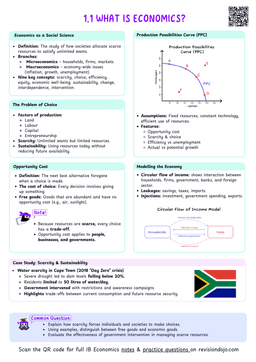- Two key macroeconomic concepts that affect every economy are government debt and its sustainability.
- A sustainable debt level enables governments to meet their financial obligations without undermining economic stability or future growth.
Measurement of Government (National) Debt as a Percentage of GDP
- This measurement shows the debt burden relative to the economy’s size.
- It enables international comparisons.
- Moreover, it indicates a country’s ability to repay debt.
$$\text{GDP Deflator} = \frac{\text{Nominal GDP}}{\text{Real GDP}} \times 100$$
Relationship between a budget deficit and government (national) debt
- Understanding how budget deficits contribute to national debt is crucial, as it creates a cycle of borrowing and accumulation.
- Budget deficits accumulate as debt:
- When the government spends more than it collects (deficit), it must borrow to cover the gap.
- This borrowing is added to the existing national debt.
- Continuous deficits lead to continuous borrowing, causing debt to rise each year.
Think of national debt like a credit card!
- A deficit is like your monthly overspending.
- The total debt is like your credit card balance.
- Interest charges keep adding up, even if you stop overspending.
- The longer you wait to repay, the bigger the problem becomes.
- Debt has a compounding nature:
- Each borrowed amount requires interest payments.
- These interest payments become part of the next year’s expenses.
- New deficits require additional borrowing on top of existing debt.
- This creates a “snowball effect” where:
- Interest payments grow larger.


